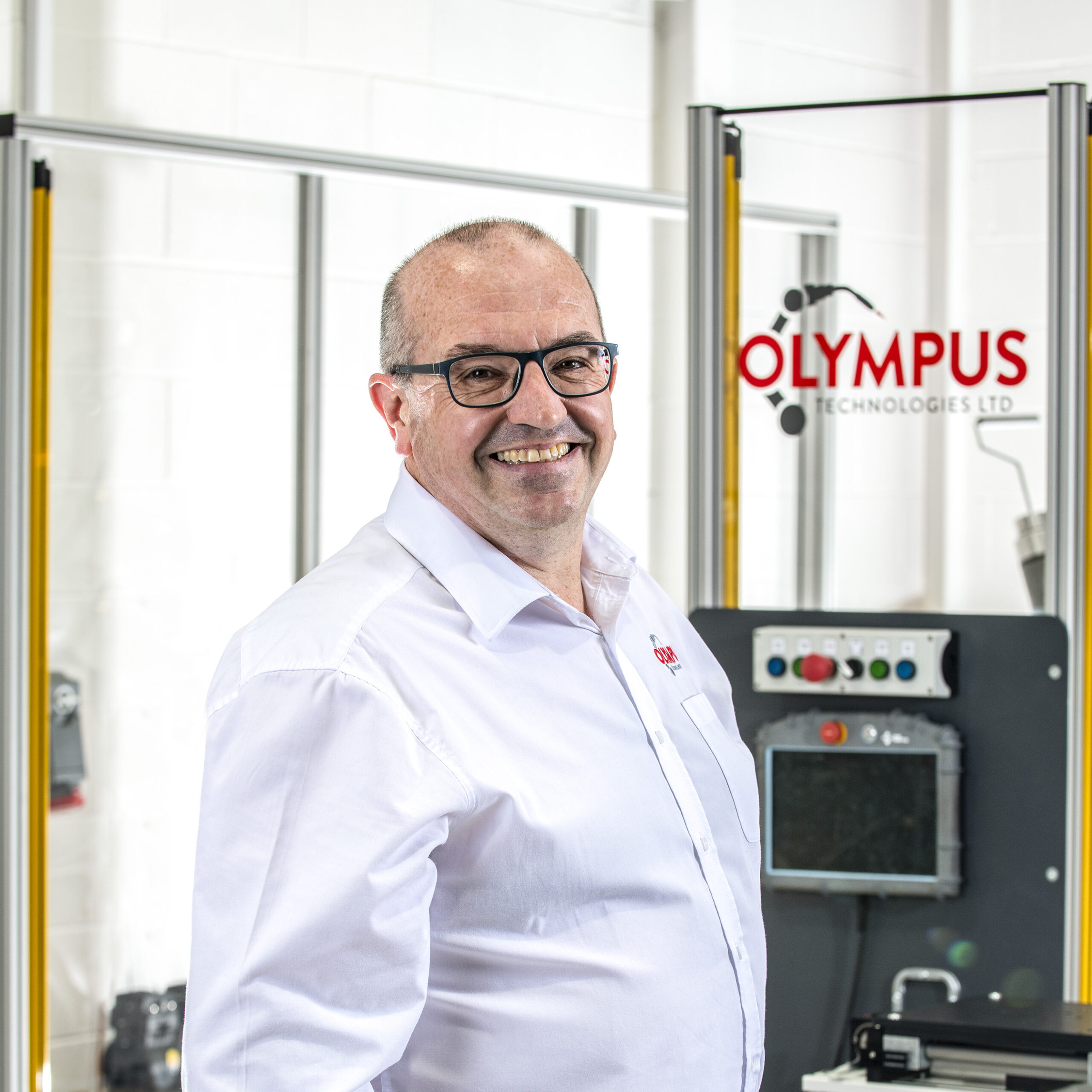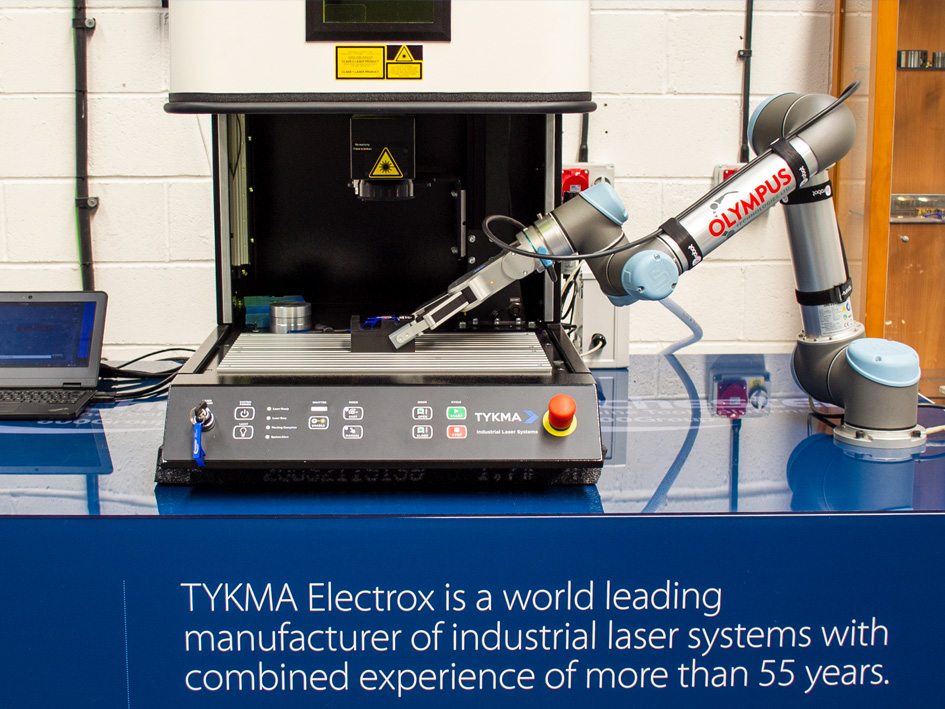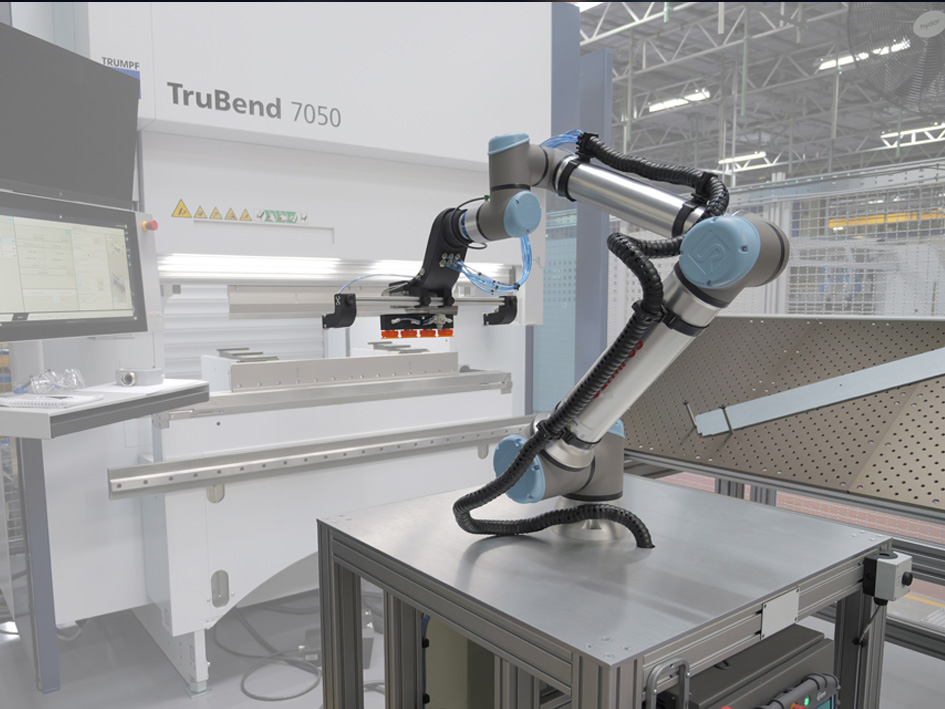Why Manufacturers Are Turning to Automated Press Brakes
In sheet metal fabrication, modern press brakes combine computer numerical control with robotics to deliver a safe working environment and measurable operational efficiency. Teams adopt automated press brakes to stabilise the bending process, reduce manual handling, and scale output without sacrificing quality. Many readers search for safety and efficiency the dual benefits of press brake automation, and this guide shows how to achieve both with practical, buy-ready options.
Robotic tending cells pair with cnc press brakes to keep cycle times steady and parts consistent. The result is fewer stoppages, lower production costs, and faster changeovers across various industries. These gains translate into cost savings that fund future upgrades.
Press Brake Technology, Matched To Your Goals
Choosing the right press brake technology sets a strong foundation for bending sheet metal at scale. Options include an electric press, electric press brakes, a hydraulic press brake, a mechanical press brake, and hybrid press brakes, all controllable with cnc computer numerical control. With the right automated systems, the machine operates predictably and holds tight tolerances across shifts.
Electric models driven by servo motors offer high precision, high accuracy, and strong energy efficiency for accurate bending. Hydraulic systems remain the workhorse for heavy sections, while a mechanical press brake is effective for simpler parts and stable cycles. Hybrid platforms blend both to balance speed and control.
| Type | Best For | Key Benefits | Limitations |
|---|---|---|---|
| Hydraulic | Heavy-duty, large volumes | Strong force, reliable | Higher energy use |
| Electric | High-precision parts | Energy-efficient, accurate | Higher initial cost |
| Mechanical | Simple bending tasks | Low upfront cost | Limited control |
| Hybrid | Versatile applications | Blended benefits | Cost and complexity |
Integrators add key components such as user friendly interfaces, automated tool changers, and quality sensors to bend metal sheets consistently. This configuration delivers press brake advantages that show up on the shop floor.
Safer Cells When Operating Press Brakes
Operating press brakes safely starts with engineered safety features that keep people out of danger. Light curtains and laser scanners define protected zones, and interlocks maintain a safe working environment during setup and cycle. Proper training ensures skilled operators supervise correctly and step in when needed.
Robotic tending reduces manual handling close to tooling, which lowers crush and pinch risks. Fewer touchpoints cut human error and help with eliminating human error in repetitive steps. These controls make compliance simpler and uptime steadier.
Quality At Speed, Not Just On Paper
CNC controls standardise motions that improve angle consistency and springback compensation. This supports maintaining accuracy, improved precision, enhanced precision, and precise bends across thin gauges and complex bends. When bending sheet metal in volume, stable control reduces material waste and protects margins.
Automated tool changers enable complex bending sequences with fewer setup slips. Robotic cells manage complex bending tasks and complex bending operations without pausing the line. This approach strengthens quality control and reduces inspection pressure.
Costs, Payback, And The Case For Automation
Continuous operation turns short pauses into productive minutes, which reduces production costs on every shift. Energy efficiency from electric press brakes and hybrid press brakes lowers operational costs and maintenance costs over time. Consistent loading and alignment improve machine performance and reduce damage to backgauges and tooling.
Labor costs fall as robots handle load, flip, and unload. Unlike traditional manual routines, automation keeps takt time steady during changeovers. The compound effect is cost savings that make upgrades sustainable.
People, Roles, And Running Multiple Machines
Automating repetitive tasks frees skilled operators to run multiple machines with confidence. They move from manual intervention to programming, first-off verification, and continuous improvement. This shift elevates machine operation and strengthens manufacturing processes and production processes.
The byproduct is faster response to rush work and fewer bottlenecks in mixed-part environments. Teams spend their time on value, not on repetitive alignment tasks. That is how cells scale efficiently in the manufacturing industry.
Smarter Cells With Data And Learning
Machine learning layers on top of computer numerical control to refine bends and detect drift. Systems adjust programs to material variation, then schedule predictive maintenance automatically. These capabilities deliver a competitive edge for metal fabrication where repeatability wins orders.
Data also helps select key components that prevent small errors from becoming scrap. Over time, the line learns and gets faster, and quality settles into a repeatable rhythm. The outcome is significant advantages without extra headcount.
Implementation Notes For Buyers
Start by mapping parts that are ideal for cnc press brakes and automated systems. Confirm safety features, then specify user friendly interfaces and automated tool changers that match your mix. Finally, ensure proper training so the machine operates safely from day one.
If you already run an electric press or a hydraulic press brake, a well-designed cell will lift throughput quickly. The same is true for a mechanical press brake in stable, simple parts. The right fit boosts tight tolerances and de-risks changeovers.
Conclusion
Press brakes paired with robotics and cnc controls unlock reliable speed and accuracy in sheet metal. You gain operational efficiency, a safe working environment, and measurable cost savings in weeks, not years. For teams planning their next step, the practical path is clear, pick a platform, add automation, and build a cell that grows with demand.
FAQs
Which safety features matter most when operating press brakes with automation?
Light curtains and laser scanners create guarded zones that prevent entry during motion. Combined with proper training for skilled operators, these controls reduce human error and keep cells compliant.
How do automated systems hold tight tolerances on complex bending operations?
CNC controls, computer numerical control, and cnc computer numerical control standardise every move and check. Automated tool changers and user friendly interfaces support complex bending sequences and complex bending tasks without slowing the line.
What mix of press brake technology works best for different parts and volumes?
Electric press brakes with servo motors offer high precision and energy efficiency on tighter parts. Hydraulic systems and a mechanical press brake handle thicker materials, while hybrid press brakes balance speed and control across various industries.
How does automation change costs across a full year of production?
Continuous operation lowers production costs, while energy efficiency reduces operational costs and maintenance costs. By reducing manual handling and manual intervention, you cut scrap and downtime, which leads to durable cost savings.














